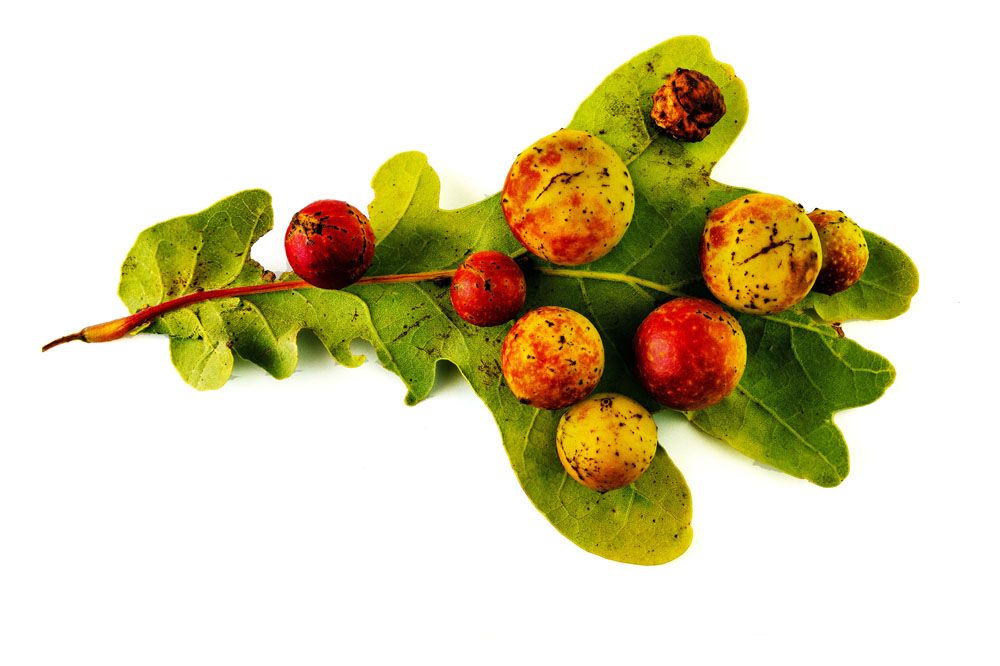
Large Oak Apple Gall – Amphibolips confluent
Large Oak Apple Gall (Amphibolips confluent)
Latin Name: Amphibolips confluent
Common Name: Large Oak Apple Gall
Appearance:
- Amphibolips confluent, often known as the spongy oak apple gall wasp, is a gall wasp species belonging to the Cynipidae family.
- Oak apple wasps (Amphibolips confluent) are several insect species that rely only on oak trees for their survival, and they have developed a unique way of doing it.
- Adults are tiny, black cynipid wasps with the compressed and oval abdomen. The larvae are tiny and globular in form.
Host plant: Red oak, white oak
Territory: Native to North America
Description about Leafminers:
Leafminer adults are tiny flies with yellow sections on their thorax, legs, and abdomen. They are 0.1 inches (2.5 mm) long, black to blue, and have yellow portions on their thorax, legs, and abdomen. There is generally a visible yellow patch at the base of the wings. The tiny white eggs are hidden behind the leaf’s epidermis and develop in 4 to 6 days. Pupation takes happen underground or in mines. During the summer, the life cycle takes around 23 days. Every year, three to five generations pass. Leafminers infrequently afflict beans. The majority of the time, their quality deteriorates after the harvesting season. Large whitish blotches or, in the case of serpentine leafminers, thin, white, winding paths into the leaf’s core occur from the larvae eating between the upper and lower leaf surfaces.
Life History and Habits:
An oak apple gall wasp’s complete life cycle takes place on a single oak tree for two years. The wasp’s life cycle begins underground, in the oak tree’s roots. Wasp larvae hatch here and feed on the oak tree’s roots. They evolve into pupae, which ultimately hatch into wingless adult females. Female adult wasps emerge from the ground in the spring of their second year of life and crawl up the oak tree to the leaves. The gall begins to develop when they inject an egg into the veins of a freshly emerging leaf.
